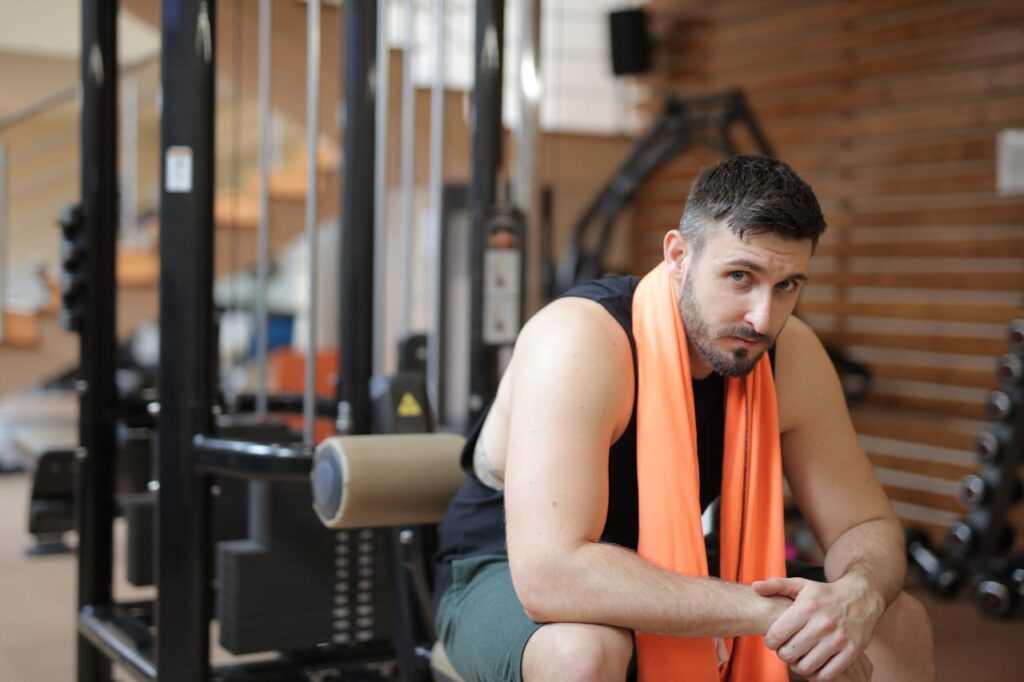Why do you not sweat when exercising? That is why
Sweating is a natural response to exercise – so if you finish a dry leather session, it may let you ask: Is there something wrong?
while Lack of race During physical activity, it does not always indicate a medical problem, it can be a red flag Under certain circumstances. Softness plays a vital role in Thermal organizationAnd the disturbances in this system may indicate problems ranging from Moisturizing errors to Nervous system.
This article explains:
- How does sweat works
- What does this mean if you do not sweat much during the exercises
- When it is normal – and when it is not
- What to do about that
How does sweating work during exercise?
Softness is The basic cooling mechanism for the body. When your inner temperature rises during exercise, Thermal receptors In subordination, it stimulates sweat glands to release moisture through the skin. As this sweat evaporates, it dissipates the temperature and prevents the temperature from high.
There are two types of sweat glands:
- Eccrine glandsThe most numerous. Water sweat production.
- Apocrine glands: I was found in areas such as the two armpits; Production of a thicker sweat resulting from stress.
The sweat rate depends on:
- Fitness
- The severity of the exercise
- Temperature and humidity
- Hydration
- Genetics
Is it bad if you do not sweat during exercise?
Not always. This is the reason.
You may not sweat much because of:
- Low -density training
- Cold or dry internal conditions
- Effective thermal organization
- Modern moisturizing practices
But sometimes, No sweating During the effort – especially if you are wearing a temperature – it can be a sign of PossibilityA case in which the body cannot produce sweat properly ((1)).
Common reasons for not sweating during exercise
1. Low -density exercises
If you are doing light heart disease, stretching or navigation, you are working The basic temperature may not rise It is sufficient to create the response of sweat.
Natural and healthy. Your body is simply not hot enough to need cooling.
2. Cold or dry environment
The sweating is affected by the surrounding climate. in Air conditioner or low Settings, you may lose heat through convection Instead of sweating.
This does not mean that you do not burn calories or improve fitness.
3. Fitness adaptation
More individuals trained in sweating previously More, but some may feel cold because of Improving cardiovascular efficiency Improving thermal organization.
If your exercises feel easy and the temperature is not, the lack of race may be normal.
4. Drought
Sweat Get back. If you do not drink enough fluid before or during exercise, it may slow the sweat glands.
This may become dangerous – see signs such as dizziness, headache or nausea.
5. Medicines or medical conditions
Some medications (choline, beta blockers) and medical conditions can reduce or prevent sweating:
- Possibility: Inability to sweat (partial or total)
- Involuntary nerves: Common in diabetes
- Skin disorders Or burns
- Hypohidrotic (Genetic disorder)
If you never Sweat despite intense exercises – or a feeling of heat, flow, and dizziness – seeks medical advice.
Signs that lack of sweat is a problem
If you encounter Any of the followingIt is time to consult with a healthcare professional:
- Dizziness or high temperature without sweating
- Muscle cramps Or rapid heart rate
- Nausea, confusion or fainting
- The history of the disease or the heat -related stroke
When do you see a doctor?
Continuous or complete absence may require a test for:
- Nerve disorders
- Dermatology
- Issues of metabolism or endocrine
- The side effects of the drugs
Tests It may include:
- Thermal sweat tests
- Skin bioppers
- Evaluation of the involuntary nervous system
What you can do: reforms and prevention
Sufficient hydrate
Drink water throughout the day, especially around the exercises.
Monitor the severity of the exercise
Use the heart rate or the perceived effort to ensure that you are working hard enough to need to cool down.
Tuning
Wearing breathing materials, sweat. Excess can affect thermal organization.
Keep the exercise record
Follow race responses through different exercises and circumstances.
Conclusion: Is not always a problem?
In many cases, Not sweating during exercise is normalEspecially if you are doing slight exercises, in cold environments, or you are training high.
but, If you are constantly feeling comfortable without sweatingOr note signs of heat intolerance, Medical evaluation is very important. Sweating is a mechanism for survival, and its absence should not be ignored when combined with other symptoms.
Reference
- Kenny GP, Jay O. (2013). Thermal organization in comfort and during exercise in the healthy elderly. Applied Physiology Magazine, 114 (10), 1361-1370.
- Cheuvront SN, Haymes Em. (2001). Libyan liquid sockets and heat responses from female contestants in three environments. Sports Science Journal, 19 (11), 845-854.
- The American Academy of Dermatology. (2023). Sweating
- Crandall CG, and others. (2002). Human thermal responses for negative heating with aging. Applied Physiology Magazine, 93 (6), 2182-2188.



